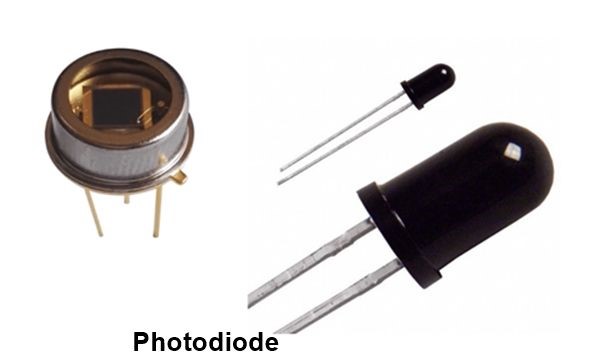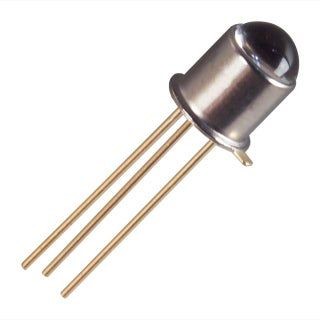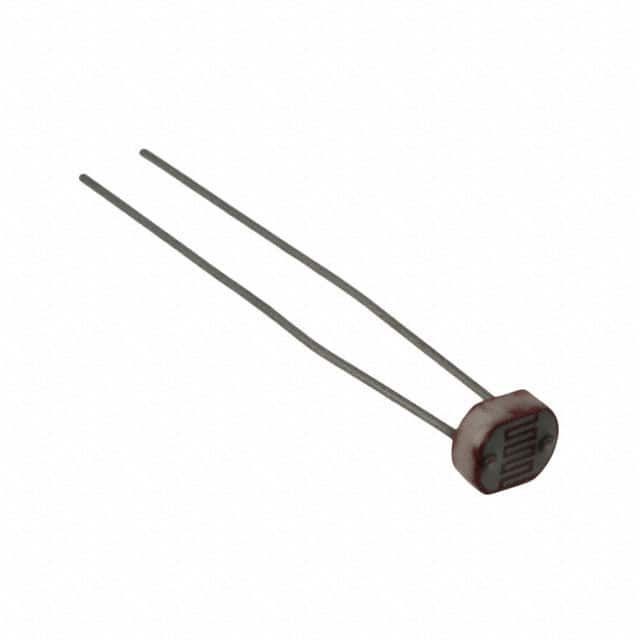Imagine a world where machines could “see” and react to their environment. This isn’t science fiction; it’s the reality we live in, thanks in part to light sensors, those unassuming yet incredibly powerful devices that translate light into electrical signals.
Light sensors, or photodetectors, are the eyes of our modern world, enabling machines to perceive and interpret the world around them. They are the unseen heroes behind countless technologies, from the automatic lights in our homes to the intricate systems that guide self-driving cars.
At their core, these sensors work by harnessing the photoelectric effect. When light strikes a semiconductor material, it knocks electrons loose, generating an electrical current. The intensity of this current directly corresponds to the amount of light hitting the sensor.
Types of Light Sensors:
There’s a diverse world of light sensor types, each with its own strengths:
Photodiodes:
These are the workhorses of precision measurement, generating a current proportional to the light received. They power everything from scientific instruments to laser light detectors.

Phototransistors:
These sensors amplify the light signal, making them ideal for applications requiring high sensitivity, like automated door openers or light-activated alarm systems.

Photoresistors:
These devices change their resistance based on light intensity, playing a crucial role in light-sensitive circuits and simple light-activated switches.

CMOS Image Sensors:
Found in digital cameras, smartphones, and even security systems, these sensors capture light and convert it into digital images, allowing us to see the world through a digital lens.

Applications:
These applications are vast and ever-expanding:
Automation: They power automatic lighting systems, control streetlights based on ambient light, and trigger security alarms when light is blocked.
Consumer Electronics: From smartphone cameras to TV remotes, these sensors enhance functionality and user experience.
Medical Devices: In medical imaging, light sensors play a critical role in capturing images and data for diagnosis and treatment.
Industrial Automation: they are used in robotic vision systems, automated quality control, and material handling.
As technology advances, so too will light light sensors. We can expect to see new materials, enhanced sensitivities, and smaller, more integrated designs. This will pave the way for even more innovative applications, from advanced medical imaging to autonomous vehicles navigating complex environments.
Light sensors are more than just tiny electrical components; they are the eyes of innovation, quietly observing and enabling a future where technology interacts seamlessly with our world.
In conclusion, the light sensor is an unassuming but essential component of our modern world. Its ability to translate light into electrical signals empowers countless technologies, contributing to innovation across diverse fields.
Shop below some of our light sensors in Store;



